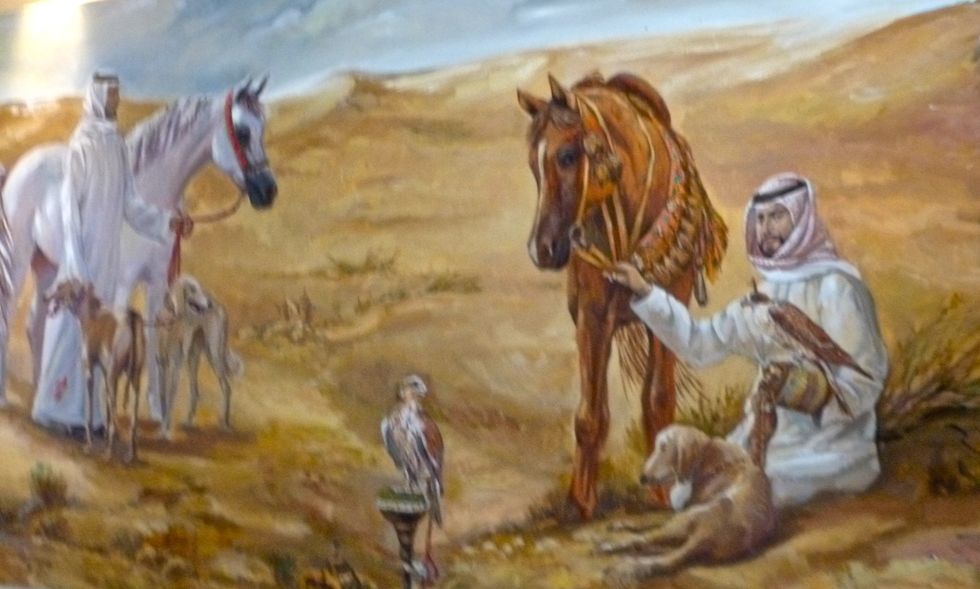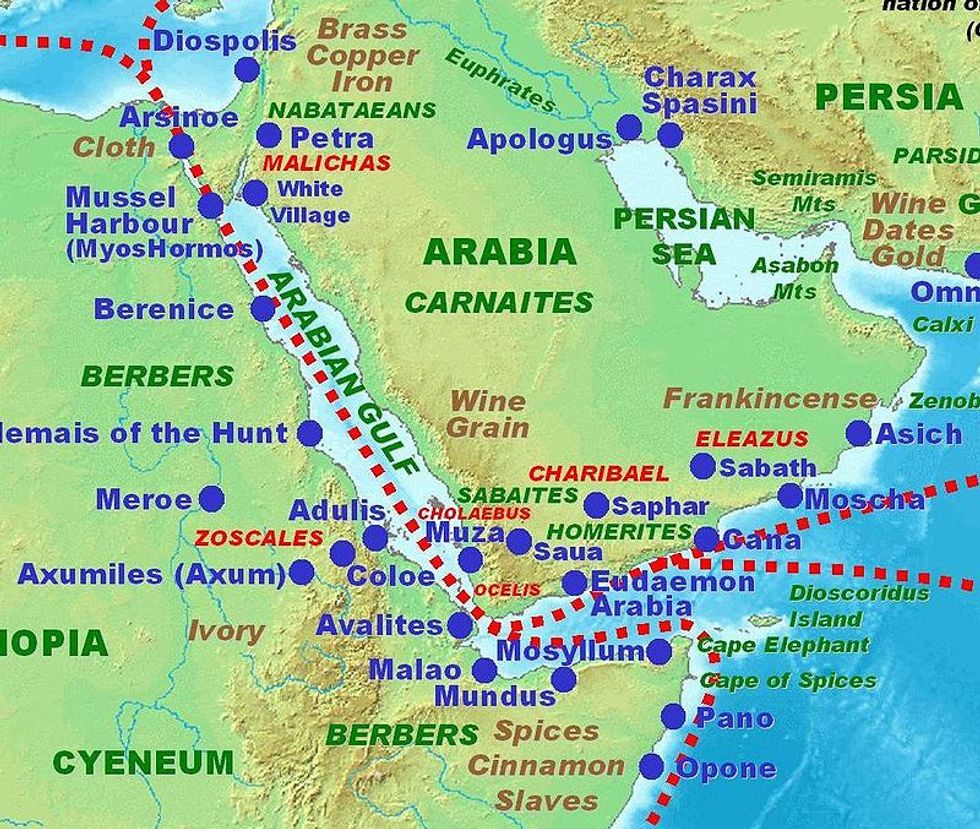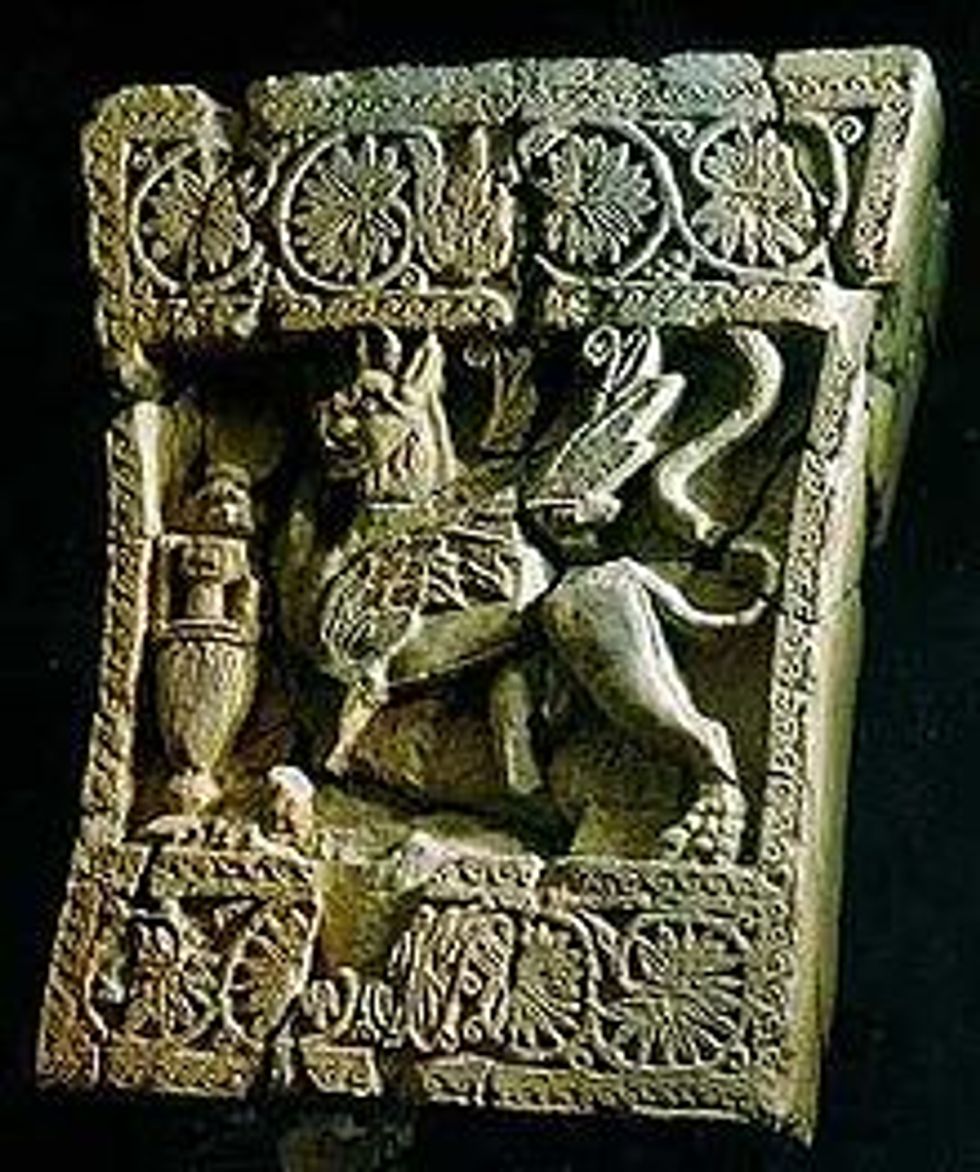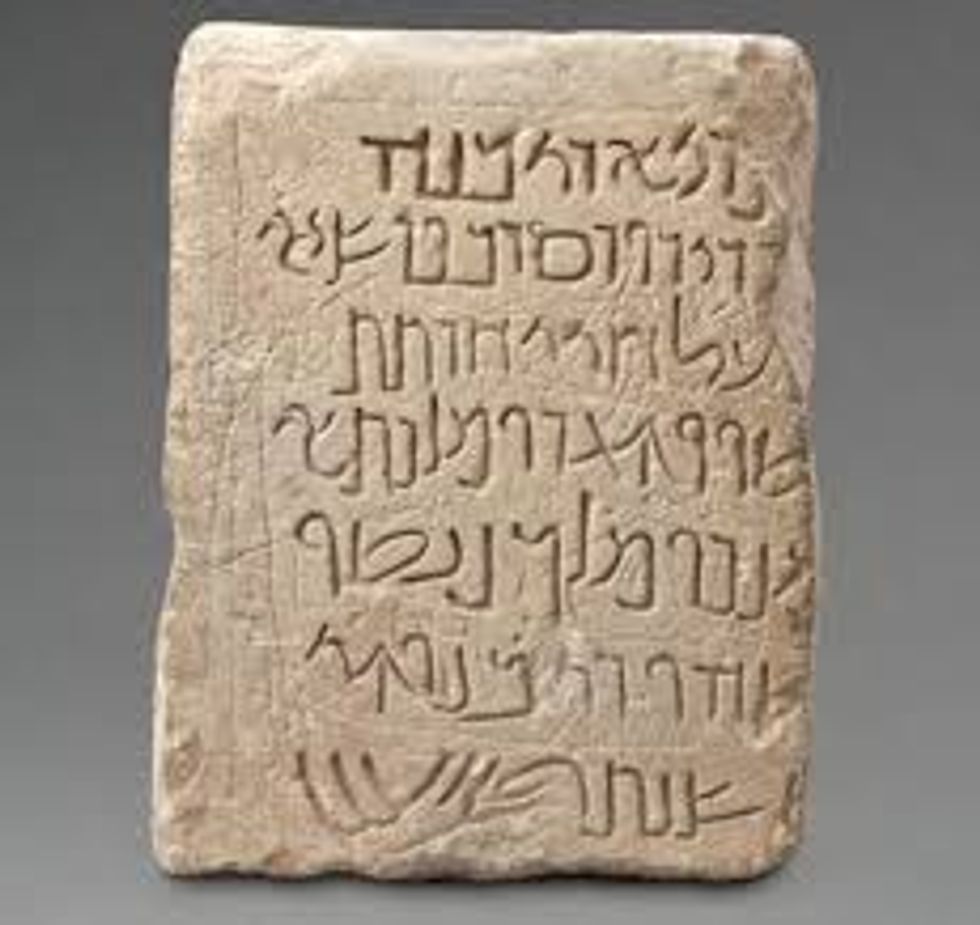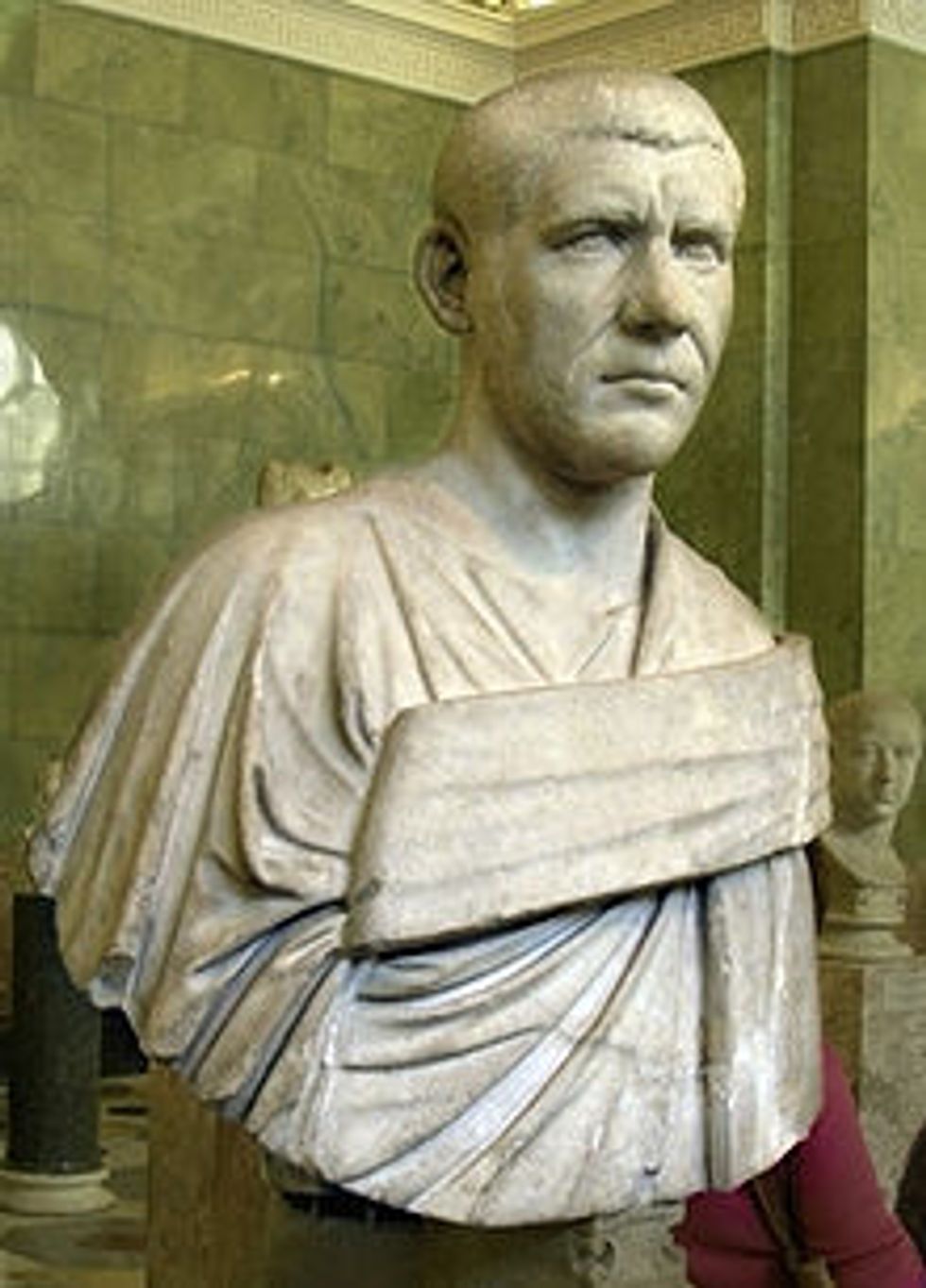The Arabs are one of the most misunderstood ethnic groups of today. This is largely due to the huge confusion between an Arab and a Muslim. While the Muslim faith (Islam) was founded by an Arab, not all Arabs converted to this faith, a handful remained following their respective religions.
So, given this, what was the Arab World like before Islam?
In some ways, it was similar, in some ways, it wasn't.
1. Geographic Distribution
Today, the Arab World comprises of 22 nations, a HUGE chunk of territory encompassing the Middle East, North Africa and East Africa. Prior to Islam, the Arab World was pretty much confined to Arabia, with communities in the deserts of Syria (then an Aramean nation) and Iraq (then an Assyrian nation), and even Somalia.
As a matter of fact yes, the Arab presence in Iraq, Syria and Somalia far predates Islam, and it is simply when they became a majority in Iraq and Syria that was a feature of the Islamic expansion.
During this time, nations such as Egypt, Sudan, Libya, Morocco were all non-Arab.
2. Religious Makeup
So we're talking pre-Islam, what religions did the Arabs follow? They followed a wide range, a melting pot of faiths. In South Arabia, mostly what is today Yemen, the Arabs followed Greek-influenced pagan deities. In addition, many of them converted to Judaism, and even established Arab-Jewish dynasties such as the Himyarite, Sabean and Qatabanian kingdoms.
With the advent of Christianity, many of the Syrian and Iraqi Arabs became Christians. In Syria, the Ghassanid Kingdom was a vassal empire of the Byzantines, while in Iraq, the Lakhmid Kingdom was a vassal empire of the Persians.
St. Sophronius of Jerusalem is a good example, the lad was an Orthodox saint of Syrian Arab descent.
3. Culture and Language
People would be correct in saying that the advent of Islam solidified Arab culture. But during this time, Arab culture was not as pronounced as it is today.
With the exception of South Arabia, the Arabs absorbed and followed many different cultures, ranging from Greek, Latin, Syriac and Persian.
In addition, they did not have a main script, as they do today. The South Arabians used pictograms. The Arabs living in Syria (then under Roman and later Byzantine rule), may have spoken Arabic, but because they did not have a writing system for it, don't really have any physical evidence to leave historians with.
However, the Nabataean Empire, a prominent pre-Islamic Arab empire centered around Jordan, did use a script for spoken Arabic, that is regarded by historians as being an ancestor of the modern-day Arabic script.
4. Role in the World
However, the Arabs were known to be great travelers and seafarers, even prior to Islam, they had already established a presence in the global stage. Arabs traded with kingdoms as far as those in Southeast Asia, Indonesia in particular.
They also traded with kingdoms and states in India and Africa. Somalia for example, had been involved with connections to the Arab World, before even the advent of Islam.
The Nabataean Empire is perhaps regarded as one of the most prominent pre-Islamic Arab empires, aside from the South Arabian states. The Nabataeans are known for their unique engineering styles of carving their temples and palaces into the red rock hills and caves of Petra.
Perhaps another feature that stands out is the ascension of Philip the Arab as the ruler of the Roman Empire in 244 A.D.

